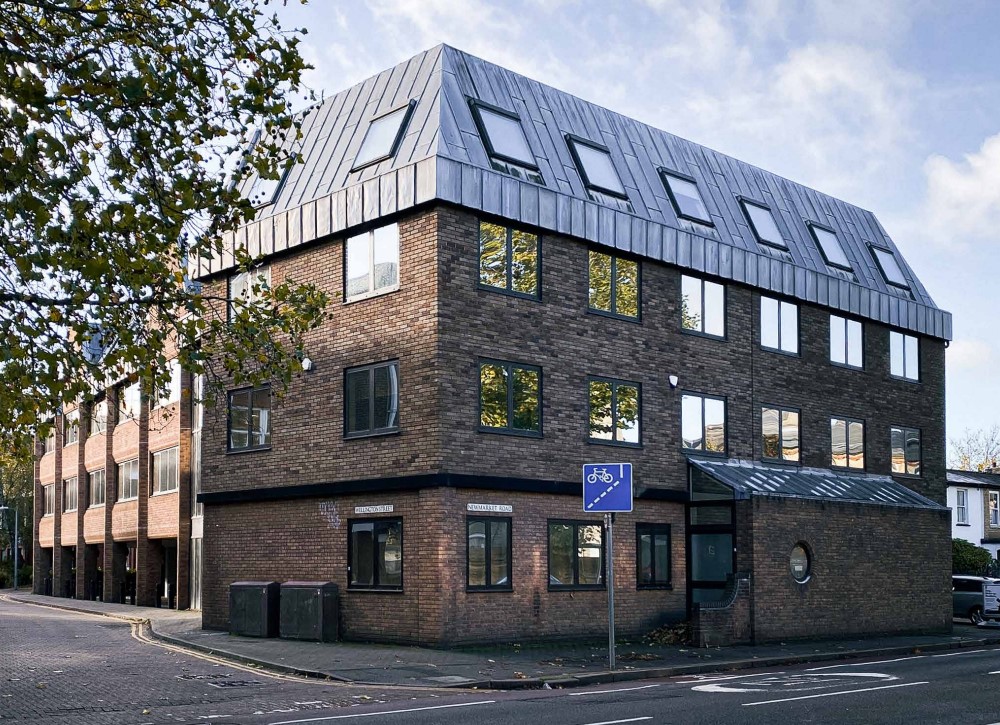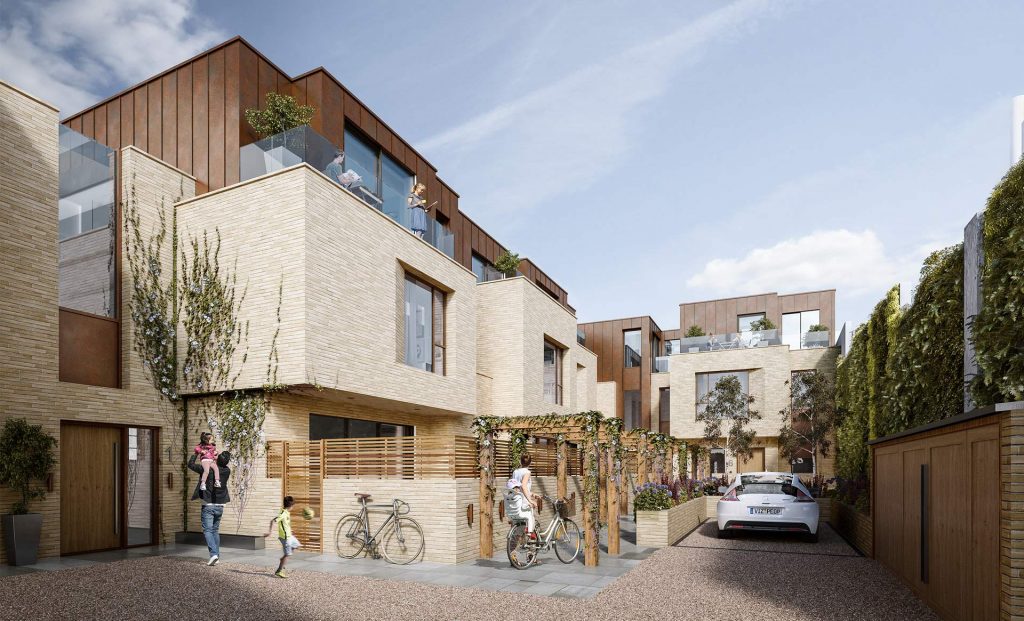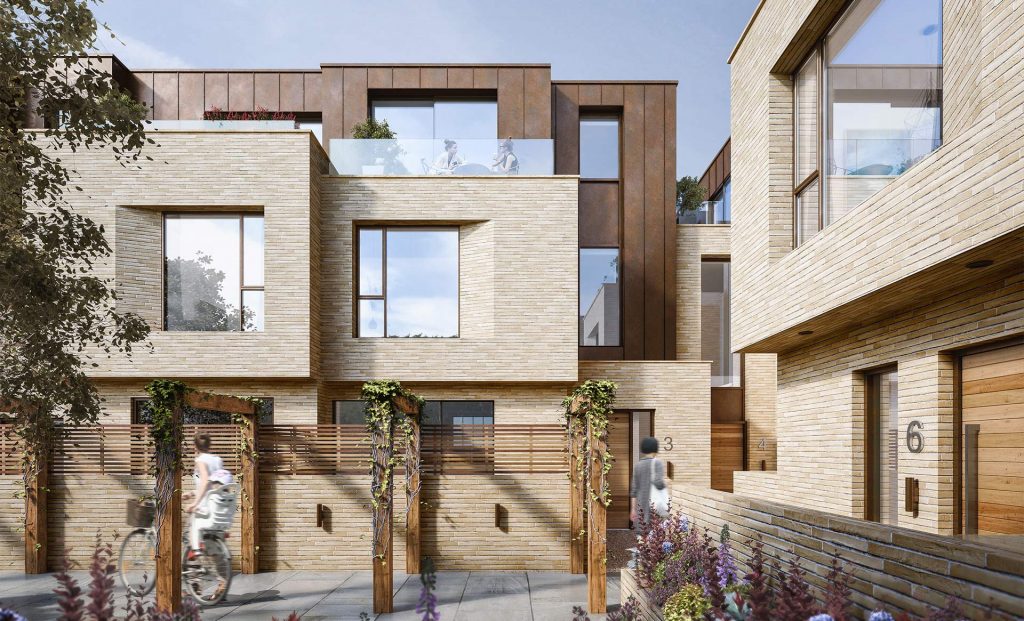Planning permission consultancy
We provide fast and affordable Planning Permission Consultancy services for your projects.
Planning permission consultancy
All successful projects begin with Planning Permission. That’s why it’s crucial to get expert planning advice from the start, before diving into detailed design work.
Creating a planning application can take a lot of time and be complicated. Mistakes can lead to long and expensive delays.
With Liongate’s help, your planning application will have experienced planners working for you. They’ll handle the whole application process, including the paperwork and any needed evidence. This could involve getting input from other experts in things like drainage, ecology, highways, heritage, and more. They’ll also help with things like drafting plans and talking to the Local Planning Authority. We can also work with other professionals like Architects if needed.
We really recommend using our services early on. If you submit a well-prepared application that considers the rules the proposal will be judged against, it greatly lowers the chance of needing to appeal the decision later.









Empowering Your Project: Assured Design Excellence and Expert Support for Planning Approvals on the Path to Successful Extensions and New Builds

Site Assessment: The architect thoroughly evaluates the site, considering factors like topography, access, and neighboring properties, to inform a design that integrates seamlessly into the surroundings.
Client Collaboration: Working closely with you, the architect understands your goals, preferences, and lifestyle needs. This collaboration shapes the design to match your unique vision.
Regulatory Adherence: With a deep understanding of local regulations and building codes, the architect ensures that your project adheres to legal requirements, whether it’s a new build or an extension. We make sure that your project is inline with the Planning permission consultancy requirements.
Aesthetic Integration: Whether adding to an existing structure or starting from scratch, the architect creates a design that harmonizes with the existing architecture or the neighborhood’s character.
Functional Planning: Designing for optimal functionality is paramount. The architect ensures that the layout supports your practical needs and enhances the usability of the space.
Engagement with Authorities: The architect assists in preparing and submitting the necessary documentation for permits and approvals from relevant authorities.
Community Interaction: Depending on the scale of the project, the architect may engage with stakeholders to address concerns and foster community support.

Railway Mews, Kensington
Liongate provided planning permission consultancy for the Railway Mews Project in Kensington & Chelsea, London.
Hermitage Rd, Richmond
A house refurbishment and extension project in Richmond, London. Liongate provided planning permission consultancy for this project.
Shakespeare House, Cambridge
An office refurbishment project, located in Cambridge. For a Main Contractor, 8Build, we provided CEMP for the project.
Northcourt Road, Worthing
Our expert consultants prepared and submitted the planning permission consultancy for this new build 8 units project, located in Worthing.
Councils we worked with
WE WORKED WITH MORE THAN 30 DIFFERENT COUNCILS ACROSS THE UK.
WE GOT CONDITION DISCHARGES FOR ALL OF OUR PROJECTS.






























Testimonials
Anthony O’Neill
“…Thank you for all your good work which has been impressive.“
Ana Mosterin
“… Liongate team provided a compherensive service for our house construction project, thanks to them…”
Paul Wilkinson
“…We got approval for our planning application with their support. The council came with more comments but they covered all..”

CONTACT US FOR A PLANNING PERMISSION QUOTATION
You can contact us for a quick quotation.
FREQUENTLY ASKED QUESTIONS
How Long Does Planning Take?
Local Planning Authorities (LPAs), usually your local Council, adhere to an 8-week statutory period for reviewing common planning applications, with variations for different application types like ‘Householder’ and major applications. Delays might occur for applications reviewed by planning committees to align with Council schedules. Although most applications are handled within the 8-week timeframe, there are exceptions. In case of delays, you can seek advice on options like appealing ‘non-determination.’ While the 8-week period is just part of the process, engaging in a pre-application phase can add several weeks before official submission, often not meeting Council’s ‘service standard.’ Councils conduct validity checks taking 3 to 10 days, but applications are sometimes rejected for minor issues, frustrating applicants, and the process can stretch beyond 2 weeks.
What is Change of Use?
Changing the purpose of land or a building typically necessitates planning permission, as different types of establishments such as shops, houses, offices, and leisure facilities are categorized into various Use Classes designated by the government.
When transitioning from one use to another, even with minor construction or design changes, submitting an application to the council is usually required. Definitions of each use class are accessible on the Planning Portal, but keep in mind that these definitions may change periodically. The ability to switch from one use class to another also shifts frequently, as governments aim to influence the expansion or restriction of particular uses, like those related to employment or ‘anti-social uses’ such as betting shops. Interpretations within each use class can be ambiguous, particularly for situations like Houses in Multiple Occupation (HMOs). In such instances, it’s prudent to ensure the legality of your use, as Councils may take enforcement measures upon discovering uses that violate policies.
Liongate is available to provide guidance on whether your current or intended use might contravene planning regulations, upon your request.
What happens if my planning application rejected?
If your planning application is denied, you typically have three viable options to consider:
- Initiate an Appeal
- Opt for a Re-application
- Choose Inaction
In most scenarios, pursuing an appeal with the Planning Inspectorate, a government department, is advisable. This entity handles appeals across England independently from your Local Planning Authority. Strikingly, less than 20% of planning rejections are appealed, potentially due to apprehensions about costs. We encourage you to reach out to us for insights into the expenses and advantages of an appeal. For Householder developments like extensions or loft conversions, there’s a 12-week window from the decision date for an appeal. In other cases, you generally have 6 months to appeal.
What are Building Regulations and It’s Impacts?
Building Regulations establish safety and health criteria for building design and construction. Prior to commencing building activities, an application must be submitted to an Approved Inspector (AI) or your local Council. Detailed information can be accessed on the Planning Portal, and a list of AIs is available there as well. While factors like structural stability and fire safety are paramount, regulations also cover energy efficiency and accessibility for individuals with mobility challenges. Non-compliant building work can lead to enforcement actions by Councils. To avert unnecessary costs and disruptions, obtaining approval for your detailed design before construction is recommended. However, if necessary, Liongate can assist with retrospective applications.
In summary, Building Regulations establish safety standards for building design and construction. Before starting construction, applications should be made to an Approved Inspector (AI) or the Council. Structural integrity, fire safety, energy efficiency, and accessibility are key concerns. Non-compliance can trigger Council enforcement. Getting design approval beforehand is prudent, but Liongate can help with retrospective applications if required.
What is Permitted Development?
Permitted Development (PD), a set of rights defined by law, allows various alterations to buildings without full planning permission. It applies to most houses and some commercial properties. Residential extensions like single-story rear or side extensions, along with many loft conversions, often fall under PD as long as size limits are met. For commercial buildings, changes like converting offices or shops to residential use are possible within PD, but local Councils might enforce strict restrictions. Seeking a ‘Certificate of Lawful Development’ from your Council is advised to confirm compliance with regulations. Some Councils counteract PD with strategies like ‘Article 4’ directions, especially in conservation areas, which can negate PD allowances.
What is Community Infrastructure Levy (CIL)?
When seeking planning permission, it’s wise to inquire about the potential cost of the Community Infrastructure Levy (CIL), a fee imposed by local councils and authorities, including the Mayor of London, on various developments such as new houses, residential extensions, and commercial projects. CIL, introduced as a form of ‘planning gain’ by the Planning Act 2008, serves to fund local infrastructure like roads, schools, and parks. Most developments are subject to CIL, although contribution levels vary, making cost calculation intricate. Certain developments, like small extensions and ‘self-build’ projects, might be exempt. Each local authority sets its charge level, often available on Council websites and potentially subject to inflation. Crucially, applicants must promptly acknowledge their liability and respond to Council communications regarding contributions to avoid penalties.
When assisting clients with CIL matters, such as completing liability forms, we do so under specific instructions and a defined scope of service. However, we cannot be held accountable for errors or associated costs, so clients are urged to review CIL-related communications carefully. Only the planning applicant is liable for CIL processes and charges. CIL is payable upon receiving planning approval, with payment generally due within 60 days of development commencement.

CONSTRUCTION

CONSULTANCY
